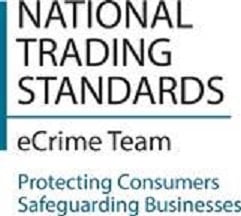June 18th 2014
Tax credits claimants are being warned by HM Revenue and Customs (HMRC) about phishing emails sent by fraudsters in the run-up to the 31 July renewal deadline.
The phishing emails claiming to be from HMRC usually promise a refund, obtainable by clicking on a link in the email. However, the link takes the recipient to a fraudulent replica of the HMRC website, where a form requests credit or debit card details or other confidential information such as passwords. The scammers can then access victims’ bank or payment card accounts to steal their money.
 During last year’s tax credits renewal period – which runs from April to July – nearly 25,000 phishing emails were reported to HMRC. This May has seen a 131% increase in phishing email reports on the same month last year, with over 11,000 being recorded. HMRC worked with law enforcement and other agencies to close down 611 scam websites during the tax credits renewal period last year, but others continue to be created. In all HMRC took action to close 1,740 illegal sites last year, most originating in Turkey, Spain and Bulgaria but also based in the UK and US.
During last year’s tax credits renewal period – which runs from April to July – nearly 25,000 phishing emails were reported to HMRC. This May has seen a 131% increase in phishing email reports on the same month last year, with over 11,000 being recorded. HMRC worked with law enforcement and other agencies to close down 611 scam websites during the tax credits renewal period last year, but others continue to be created. In all HMRC took action to close 1,740 illegal sites last year, most originating in Turkey, Spain and Bulgaria but also based in the UK and US.
HMRC will never ask for personal information by email
HMRC Director General of Benefits and Credits, Nick Lodge, said: “HMRC will never ask people to disclose personal or payment information by email. We are committed to claimants’ online security but the methods fraudsters use to get information are constantly changing, so people need to be alert.”
HMRC is also warning people to be wary of e-mails with attachments which could contain viruses designed to steal personal or financial information. The attachment should not be opened and the email should not be forwarded nor replied to. Instead, it should be deleted.
For further information visit the HMRC website.
To report fraud and receive a police crime reference number, call Action Fraud on 0300 123 2040 or use its online fraud reporting tool.









































